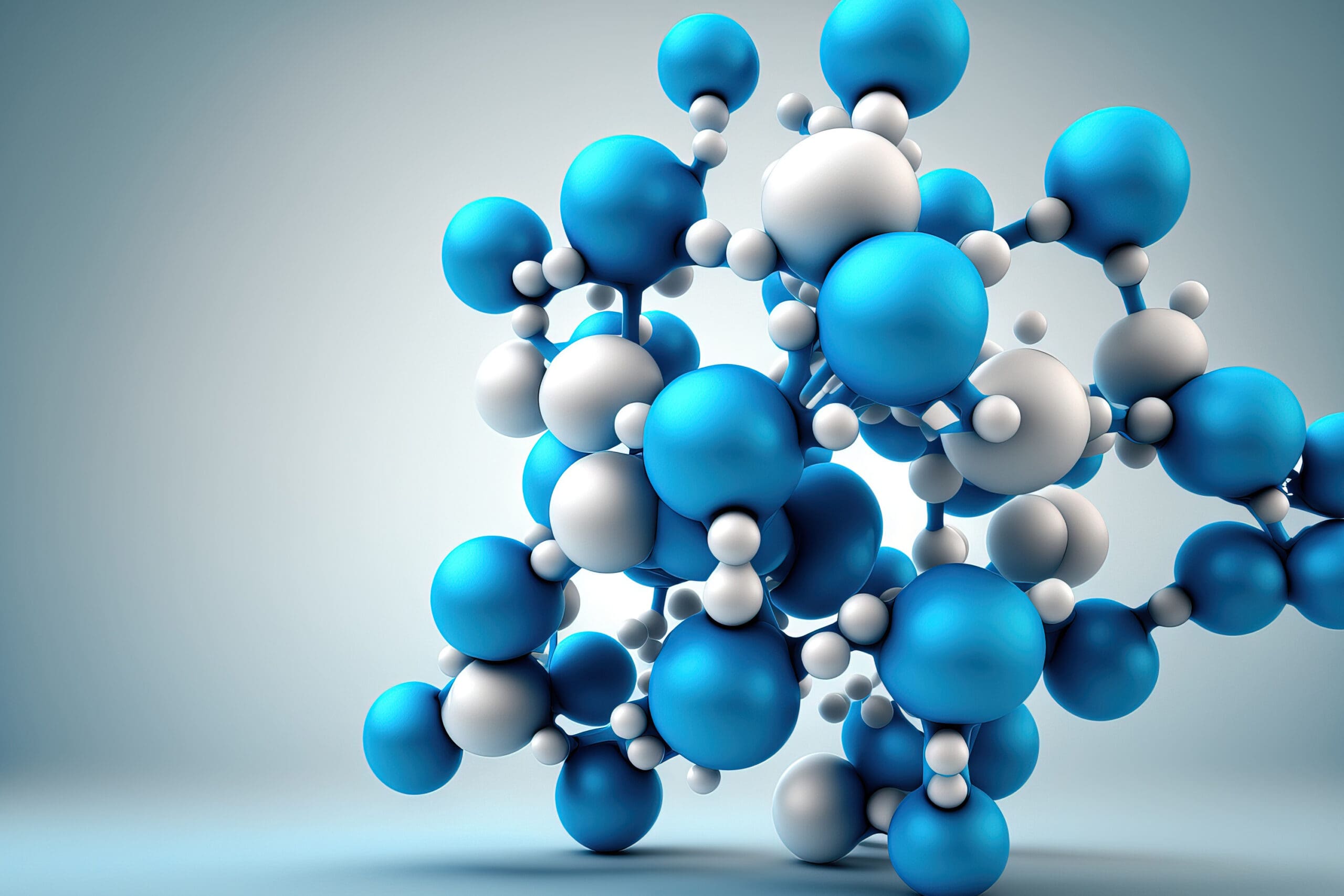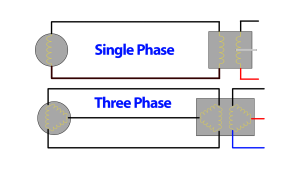Matter, as the physical substance that occupies space and possesses mass, forms the basis of all physical objects and phenomena in the universe. From the tiniest subatomic particles to the vast expanse of stars and galaxies, the principles that govern matter are fundamental to understanding both the microscopic and macroscopic worlds.

Classification of Matter
Matter can be classified into pure substances and mixtures, each with distinct characteristics and behaviors:
- Pure Substances: These consist of only one type of atom or molecule. Pure substances can be further divided into elements and compounds. Elements, such as gold and oxygen, consist of only one type of atom and cannot be broken down into simpler substances by chemical means. Compounds, such as water and carbon dioxide, consist of molecules that contain more than one type of atom bonded together.
- Mixtures: These are physical combinations of two or more substances in which each substance retains its own chemical identity and properties. Mixtures can be homogeneous (solutions, where the mixture is uniform throughout) or heterogeneous (where the components can be physically distinguished).

Properties of Matter
You can broadly categorize the properties of matter into physical and chemical properties. You can observe or measure physical properties without changing the material’s composition. Some physical properties include density, color, hardness, melting and boiling points, and electrical conductivity. An important property of matter is that physical changes do not alter the chemical composition of the substance. For example, while water can change states from melting, freezing, and vaporization, the resultant matter is still H2O water. This also means that the change in shape of these substances also does not alter the chemical properties.
Beyond physical properties we have chemical properties. These describe a substance’s ability to undergo changes that alter its chemical composition. Chemical properties include reactivity with other chemicals, combustibility, and acidity or alkalinity. Chemical changes result in the formation of one or more new substances. For example the rusting of iron and the digestion of food.
States of Matter
The physical properties of a substance, influenced by temperature and pressure conditions, determine its state of matter. Solids exhibit structural rigidity and resist changes in shape or volume. Atoms or molecules in solids are closely packed in a fixed arrangement. They can only vibrate about their fixed positions. Liquids, on the other hand, have a fixed volume but no fixed shape. Which means they conform to the shape of their container. Liquids have atoms or molecules that are close together with no regular arrangement and can move past one another, allowing liquids to flow.
Another state matter can take is gas. Gasses have neither a fixed shape nor a fixed volume, expanding to fill their container. The molecules in gasses are far apart and move freely, making gasses compressible. Finally we have plasma. A plasma is an ionized state of matter similar to gas but with free electrons and ions, making it electrically conductive and responsive to magnetic fields. Often considered the fourth state of matter, plasma is the most common state within the visible universe.
The Atomic Theory
The atomic theory is a fundamental concept that explains the composition and behavior of matter. At the smallest scale, we have the building blocks which make up the matter, called atoms. Atoms are the basic building units of matter, consisting of a nucleus (made up of protons and neutrons) surrounded by electrons. Each element we define by the number of protons in its nucleus (the atomic number). When atoms group together they form molecules. These are groups of two or more atoms bonded together, representing the smallest fundamental unit of a chemical compound that can take part in a chemical reaction. If you are interested in learning more about atoms, check out “The Structure of an Atom” article.
Conservation of Matter
Similar to energy conservation, the principle of conservation of matter states that matter cannot be created or destroyed in an isolated system. This principle is fundamental in chemistry and physics. It implies that all matter involved in physical and chemical changes remains constant, though it may change forms. For example, in a chemical reaction, the mass of the reactants equals the mass of the products.
A classic example demonstrating the principle of conservation of matter is the reaction between vinegar (acetic acid) and baking soda (sodium bicarbonate).

Reactants:
- Vinegar (Acetic Acid) – Chemically known as acetic acid, its formula is
- Baking Soda (Sodium Bicarbonate) – Its chemical formula is
Reaction Equation:
(Acetic Acid) + (Sodium Bicarbonate) → (Carbon Dioxide) + (Water) + (Sodium Acetate)
Before the reaction we have one molecule of acetic acid and one molecule of sodium bicarbonate. Each of these molecules is made up of a fixed number of atoms: acetic acid contains 2 carbon atoms, 4 hydrogen atoms, and 2 oxygen atoms, and sodium bicarbonate contains 1 sodium atom, 1 hydrogen atom, 1 carbon atom, and 3 oxygen atoms.
When introduced to one another, these chemicals undergo a chemical reaction that leads to the formation of new products. The vinegar reacts with baking soda to produce carbon dioxide gas, water, and sodium acetate. This reaction is also accompanied by the release of carbon dioxide gas that causes the characteristic fizzing.
After the reaction the products formed are carbon dioxide, water, and sodium acetate. Importantly, if you count the number of each type of atom in the products, you will find it exactly matches the number present in the reactants:
Carbon: 2 atoms
Hydrogen: 4 atoms
Oxygen: 5 atoms
Sodium: 1 atom
Despite the dramatic reaction and the change of state from solid and liquid to gas and dissolved solids, the reaction does not lose or gain any atoms. If the system is closed, meaning all gases and products are contained and measured. Then the total mass of the reactants equals the total mass of the products.
Interactions of Matter
Interactions between particles of matter involve forces that hold atoms together or push them apart, influencing the physical state and properties of the material. Let’s look at two major interactions, chemical bonds and intermolecular forces. Chemical bonds are the forces that hold atoms together in molecules or compounds. The main types of chemical bonds are ionic, covalent, and metallic bonds:
- Ionic Bonds: Formed when one atom donates one or more of its electrons to another atom, creating ions. This transfer results in a positive ion (cation) and a negative ion (anion) which are attracted to each other due to electrostatic forces. Ionic bonds typically form between metals and nonmetals and result in the formation of ionic compounds like sodium chloride (table salt). These compounds are often crystalline at room temperature and have high melting and boiling points.
- Covalent Bonds: Occur when two atoms share one or more pairs of electrons. This type of bonding usually happens between nonmetals and can be single, double, or triple bonds—reflecting the number of shared electron pairs. Covalent bonds form molecules with specific shapes, which are crucial for the chemical properties and reactivity of the compound. Examples include water (H2O), carbon dioxide (CO2), and oxygen (O2).
- Metallic Bonds: Seen in metals and their alloys, these involve a ‘sea’ of delocalized electrons surrounding a lattice of metal cations. The electrons are not bound to any specific atom and can move freely. Which explains properties such as electrical conductivity, malleability, and ductility that are characteristic of metallic substances.

Another class of interactions which can occur between particles of matter are intermolecular forces. These are forces that occur between molecules, including hydrogen bonding, dipole-dipole interactions, and dispersion forces. They are particularly important in determining the physical properties of liquids and solids:
- Hydrogen Bonding: A strong type of dipole-dipole interaction, but involving a hydrogen atom attached to a highly electronegative atom (usually nitrogen, oxygen, or fluorine) that is attracted to another electronegative atom in a nearby molecule. This bonding is crucial in determining the structure and properties of water, and it plays a key role in the structure of DNA and proteins.
- Dipole-Dipole Interactions: Occur between molecules that have permanent dipoles. These molecules have regions of partial positive and negative charge that attract each other. The strength of dipole-dipole interactions is generally less than that of hydrogen bonds.
- London Dispersion Forces: Also known as Van der Waals forces, these are the weakest intermolecular forces and are temporary attractive forces that result when electrons in two adjacent atoms occupy positions that make the atoms form temporary dipoles. This force is universal and occurs between all atoms and molecules, but is particularly significant in nonpolar substances.
Thermodynamics
When discussing matter, it is nearly impossible to conceptualize without also talking about energy. Similar to the concept of space-time combining space and time, the concept of matter-energy combines matter and energy. You can observe this in discussions on thermodynamics. Thermodynamics is the study of energy changes involving heat, work, temperature, and entropy, particularly as they apply to the physical properties of matter. It involves laws that describe how energy changes in systems as matter undergoes physical or chemical transformations. There are two laws of thermodynamics:
- First Law of Thermodynamics: Also known as the Law of Energy Conservation, states that energy cannot be created or destroyed in an isolated system. The total amount of energy in a closed system remains constant, though it can change forms.
- Second Law of Thermodynamics: States that the total entropy of an isolated or closed system can never decrease over time. Entropy, a measure of disorder or randomness, tends to increase in natural processes, indicating that processes that decrease entropy spontaneously are impossible without external intervention.
An example of the first law of thermodynamics is visible in heat engines, where the engines convert energy from heat (often from burning fuel) into mechanical work. According to the first law, the work output of an engine cannot exceed the heat input. An example of the second law is heat transfer. Heat will naturally flow from a hotter object to a cooler one, increasing the system’s entropy. This is why a coffee cup will cool down in a colder room. The system (coffee cup + room) trends towards thermal equilibrium, a state of higher entropy.
Conclusion
The principles of matter provide a comprehensive framework for understanding the physical world. By examining the classification, properties, and behaviors of matter, along with the foundational atomic theory and laws of thermodynamics, we gain a deeper insight into both natural and engineered processes. This knowledge not only enhances our understanding of the material universe but also facilitates advancements in technology, materials science, and chemistry, driving further innovation and discovery.






